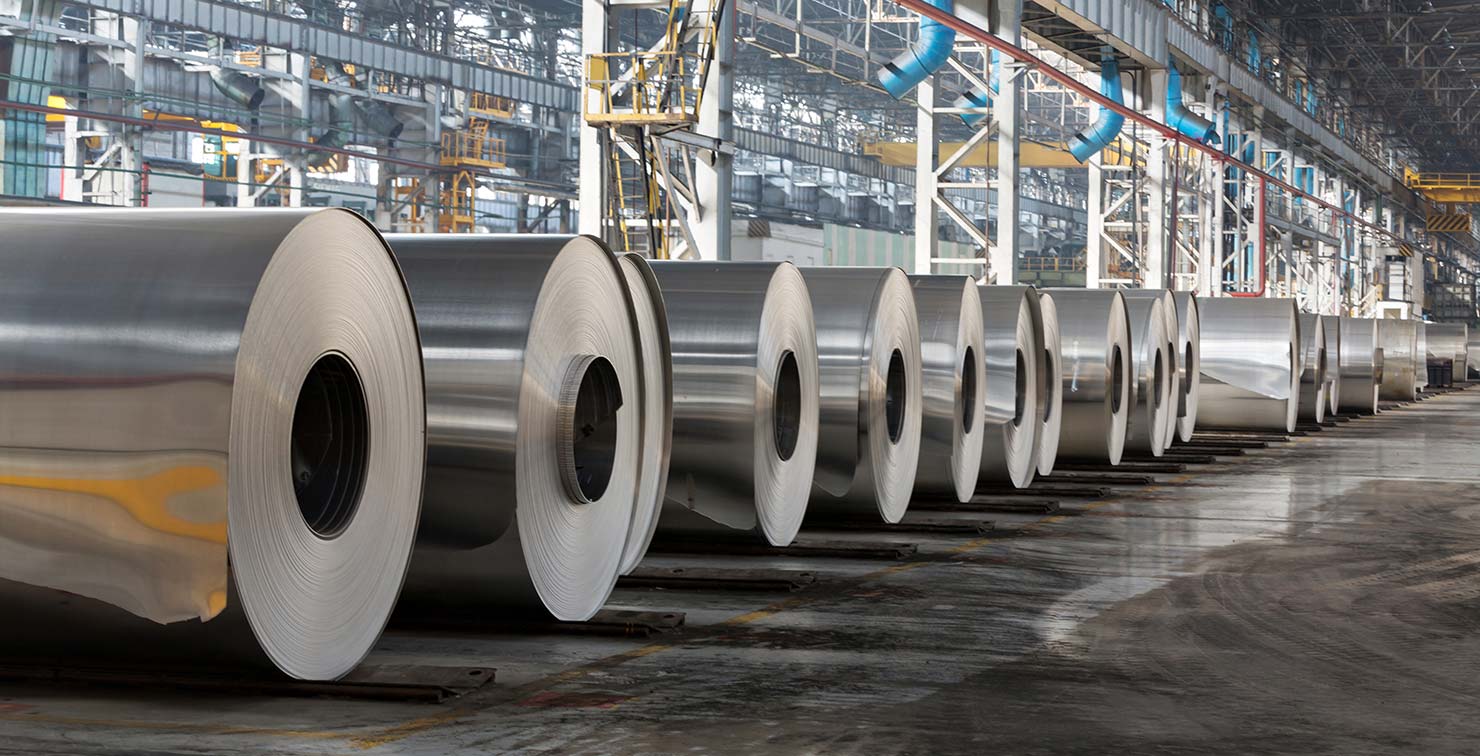The global supply chain has been in crisis for many months now — and all signs point to disruption and uncertainty remaining the status quo for years to come. Findings for Protiviti’s latest global Top Risks Survey show that manufacturers are very concerned about being able to deliver their products or services at acceptable margins now and in the future. The C-suite executives in the manufacturing and distribution industry group who responded to our annual survey ranked supply chain concerns as the top risk issue for their organizations not only for this year, but also for the next decade.
Raw material shortages, transportation delays, skyrocketing shipping costs, and the exponential growth of consumer demand via e-commerce channels are just some of the issues companies have been trying to overcome or meet throughout the COVID-19 pandemic. Other dynamics ratcheting up the pressure on fragile supply chain networks include surging inflation — which hit a 40-year high of 7.5% in the U.S. in January — looming interest rate hikes and increasing geopolitical tensions. Russia’s invasion of Ukraine has sent global commodity prices soaring for everything from steel to sunflower oil.
According to a Federal Reserve survey of chief financial officers (CFOs), almost 90% of businesses saw larger-than-normal cost increases in the fourth quarter of 2021 due to extraordinary supply chain constraints, with most CFOs reporting that they expect this trend to continue. Against this backdrop of complex supply chain challenges and rising costs, many companies are struggling to plan cash flow and revenue effectively — and consumers are literally paying the price.
Short-Term Fixes Help Ease Pressure, But They Aren’t Sustainable
In a recent Protiviti analysis on supply chain risks and their impact on the budgeting and forecasting process, 50% of senior executives across various industries reported that their companies are passing along higher supply chain costs to their customers. Many also report their companies are absorbing costs, to the detriment of their bottom line. Neither situation is sustainable, of course. Also unsustainable is inventory stockpiling as a strategy for managing potential revenue loss due to supply chain challenges. Yet, over half of the respondents indicated that they are employing this approach.
Meanwhile, there’s still another supply chain issue that companies need to account for in their financial planning: the rapidly rising cost of labor. The Institute for Supply Management (ISM) reported survey data in early March (conducted before the Russia-Ukraine crisis) indicating that the outlook for manufacturing is favorable for the next two months. However, ISM also noted that factory employment has declined, and many manufacturers are struggling to staff jobs, which is leading to unfinished work and expanded backlogs of orders.
Companies can’t keep hobbling along with short-term fixes for their supply chain woes, even if such measures do help ease pressure and aid in getting goods to customers. They also need to stop playing “kick the can” when encountering fundamental supply chain problems that demand long-term solutions. Operating the supply chain as a cost center, prioritizing leanness and cost-effectiveness above all else, and continually putting off supply chain network redesigns are not sustainable approaches in this volatile environment.
Flexibility and a forward-looking perspective are the keys to operating supply chains successfully moving forward. So, too, is understanding critical risk exposures end-to-end in supply chain networks, and creating better alignment and integration between supply chain and financial planning operations. The good news: We’ve learned that many leading companies are starting to think this way.
Greater Harmony Between Supply Chain and Finance Teams Builds Resilience
Businesses used to have the luxury of creating financial forecasts monthly or quarterly. Now, this process must be conducted on a more real-time basis. The pandemic has caused many finance organizations to adapt their approach to forecasting. By working closely with the supply chain office on forecasting, finance organizations can help the supply chain to become more flexible, agile and predictive in meeting the challenge of future disruptions.
Evidence of this recognition comes from recent Protiviti analysis on supply chain risks, which found that most organizations are now emphasizing rolling forecasts and have increased their frequency of forecasts. For more than 60% of companies surveyed, financial planning scenario analysis is now the number one method for evaluating and managing supply chain risk. That figure is even higher — 70% — for companies with sales in excess of $5 billion.
The value of connecting supply chain to financial forecasts is that it provides companies with insight into what they can and cannot control — and, importantly, what they can do better — to find financially smart solutions to address supply chain challenges amid constantly changing market conditions. These forecasts can help them answer questions such as, “Given the rising cost of fuel and transportation, is it more cost-effective to use our Midwest plant instead of our East Coast facility to make X product?” and “We’re predicting a shortage of X material. Should we stock up on it now? If so, do we have cash available for that strategy, or will we need to borrow the money?”
Technology — especially machine learning and artificial intelligence (AI)-powered solutions that offer both real-time insight and predictive capabilities — can help finance and supply chain work effectively as partners to connect supply chain scenarios with financial forecasting and planning. More good news: recent Protiviti analysis on supply chain risks found that many companies are already using these enhanced capabilities and see them as a critical tool for managing supply chain challenges.
Traditionally, the relationship between supply chain and finance teams hasn’t been one of proactive collaboration. However, by getting these teams to work in greater harmony, organizations can identify the best short-term fixes to ease immediate supply chain disruptions and pressures while helping the business make more informed, strategic decisions that will lead to their supply chain becoming more resilient, flexible and predictive over time. And, then, there will no longer be any impulse to play kick the can.
For a more in-depth discussion of the implications of focusing only on short-term fixes to address supply chain disruptions, and strategies for creating more sustainable, forward-looking solutions across people, processes and technology, register for Protiviti’s upcoming webinar: Think Long-Term and Flexible: Supply Chain Impacts on Budgeting and Planning.






